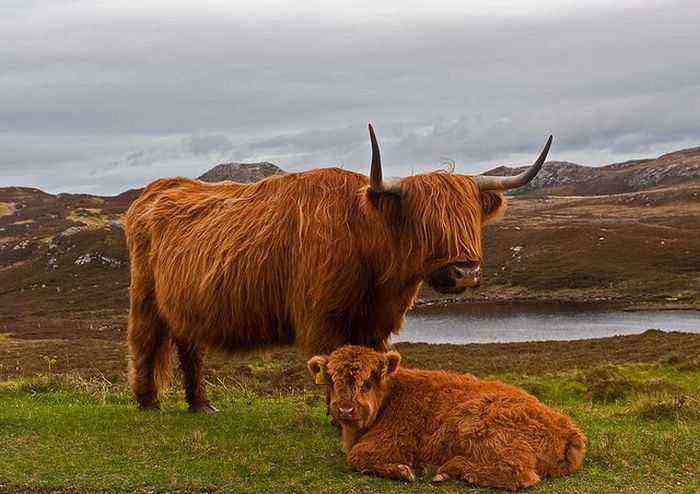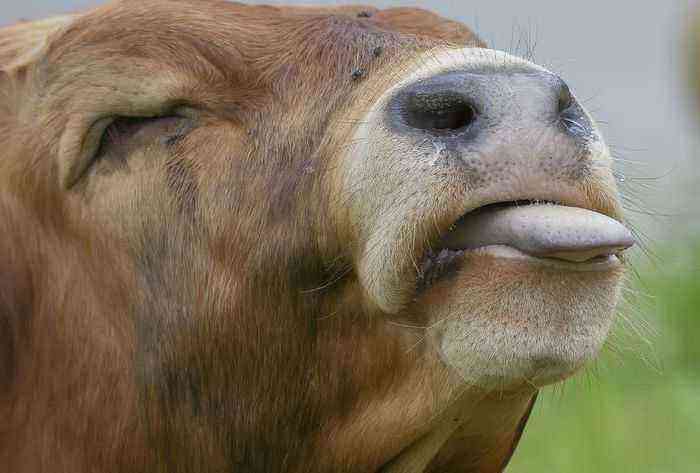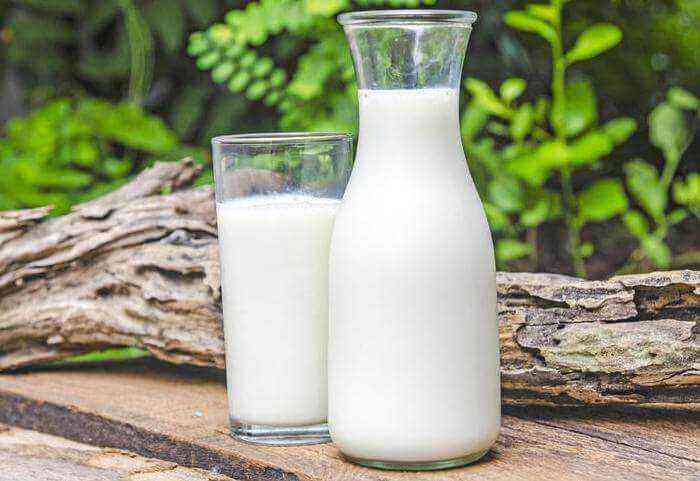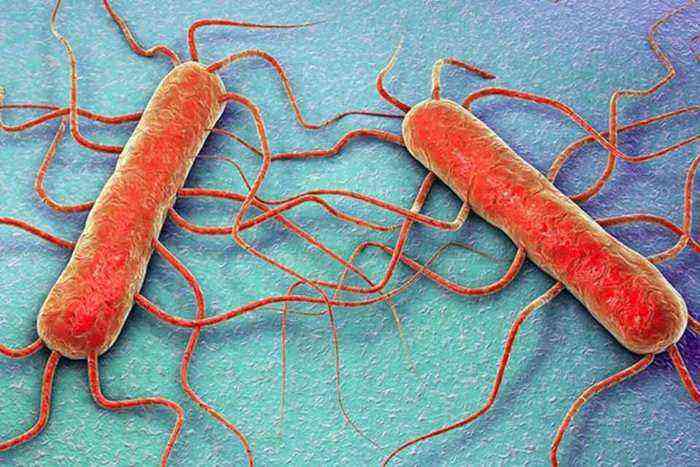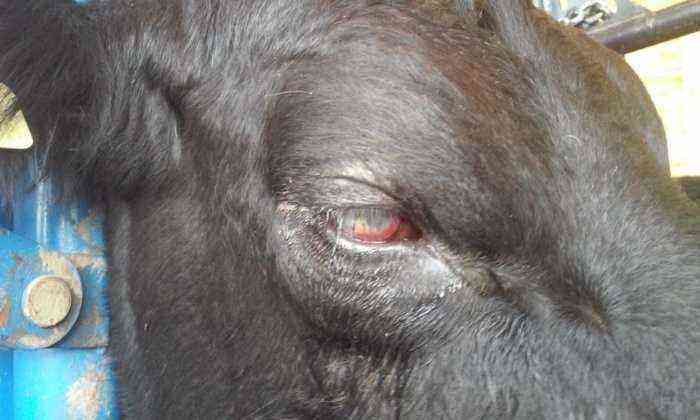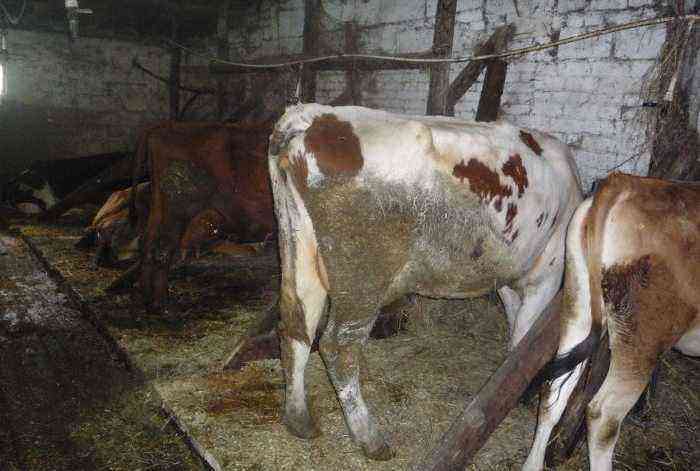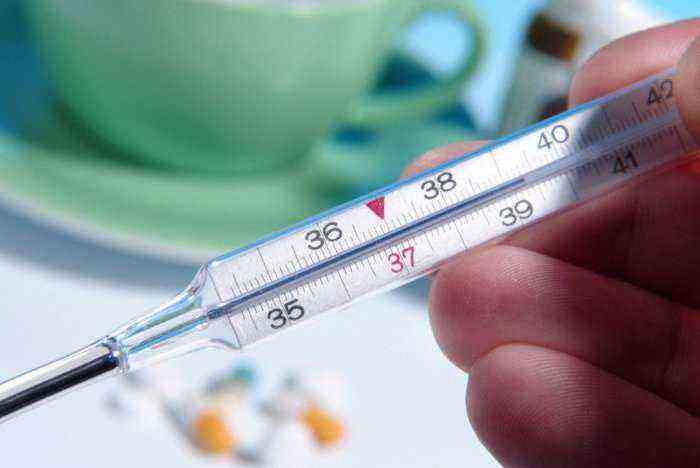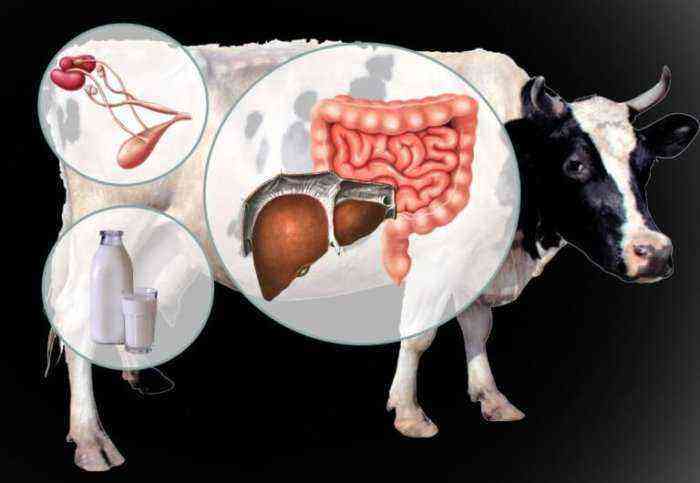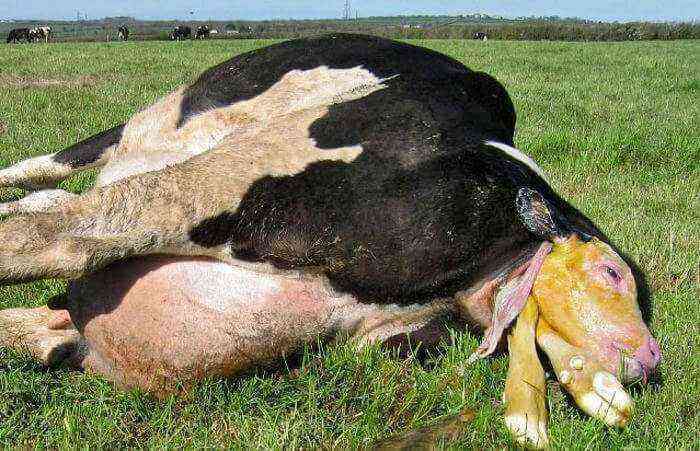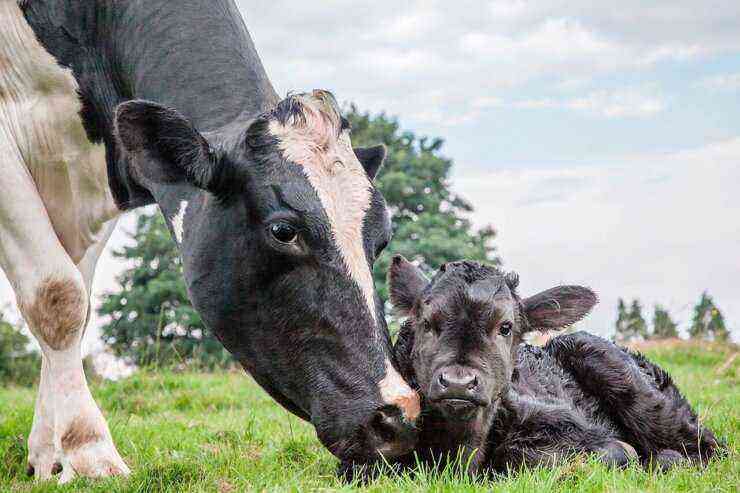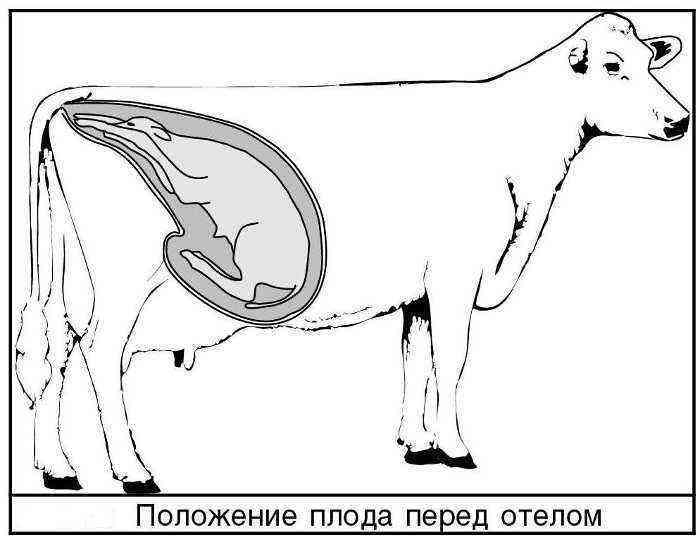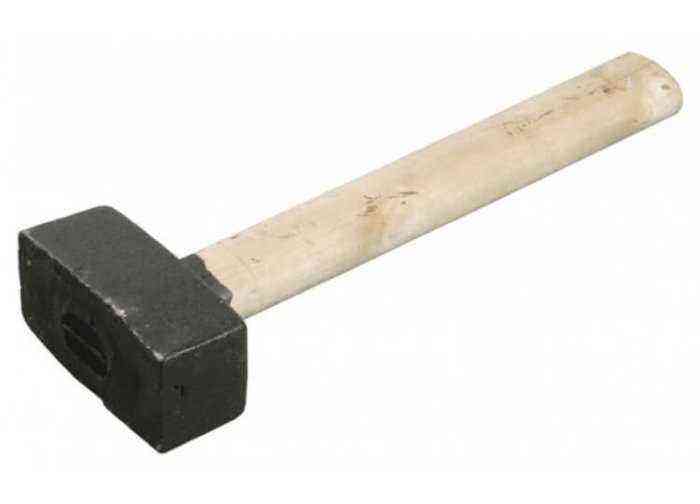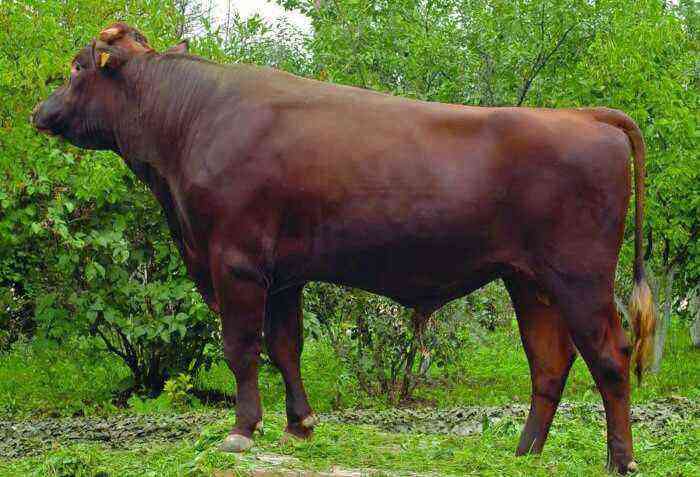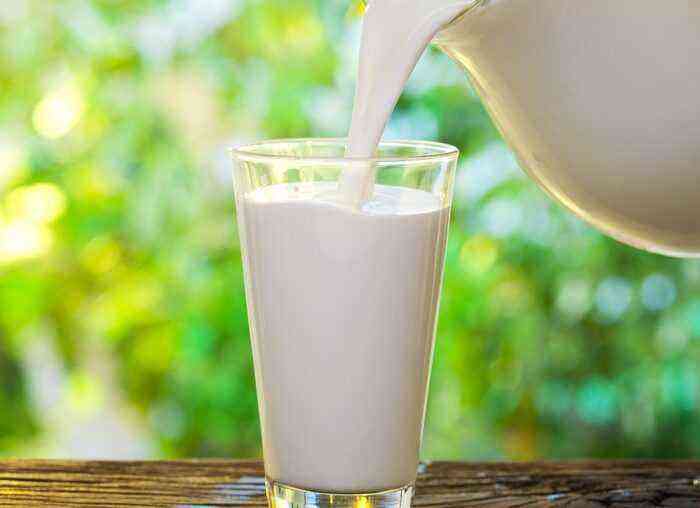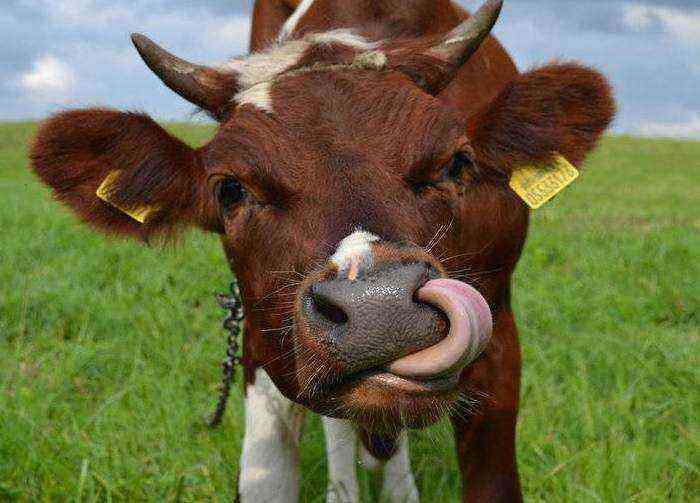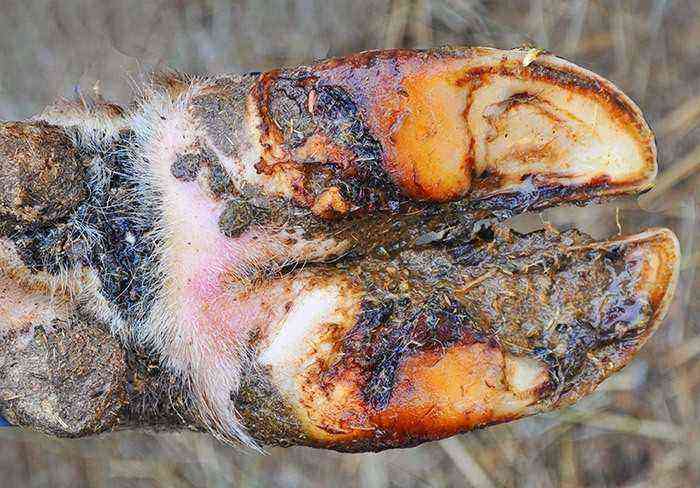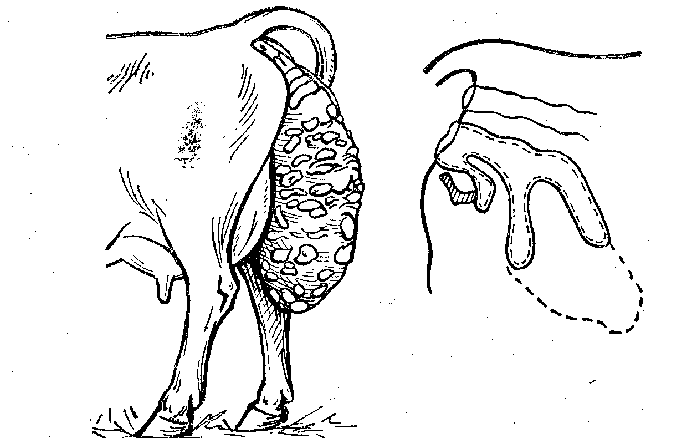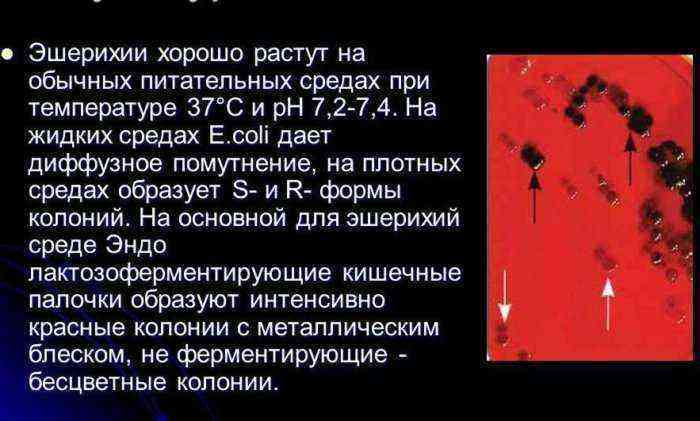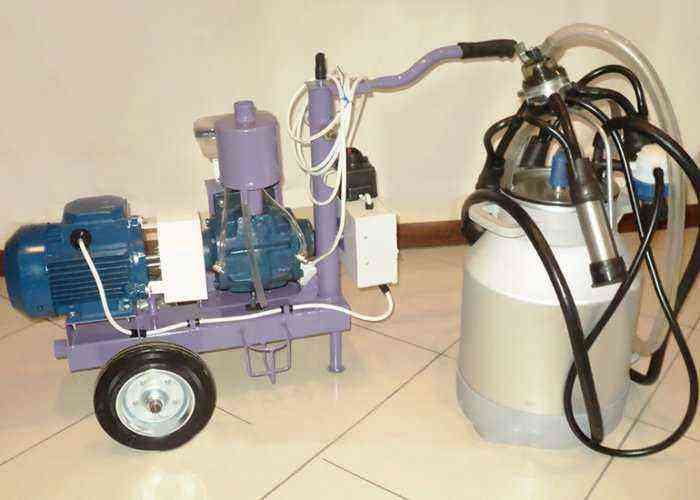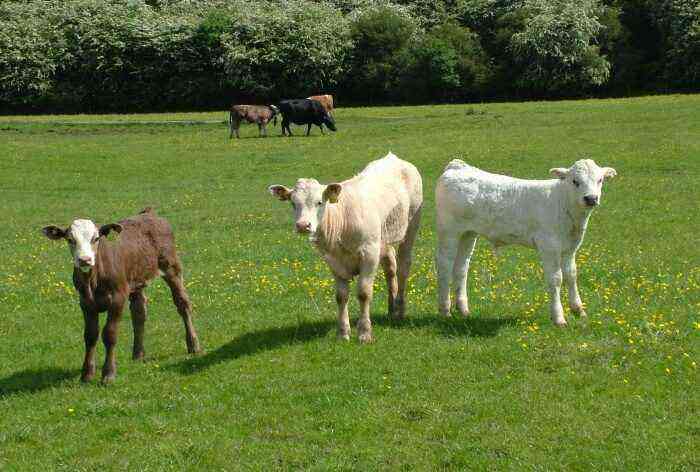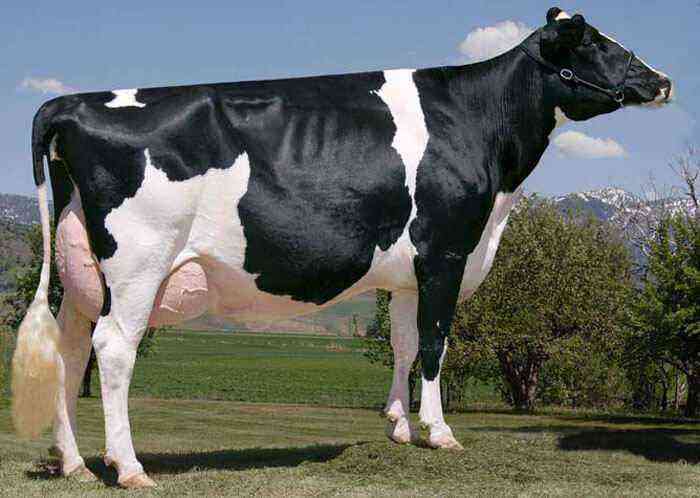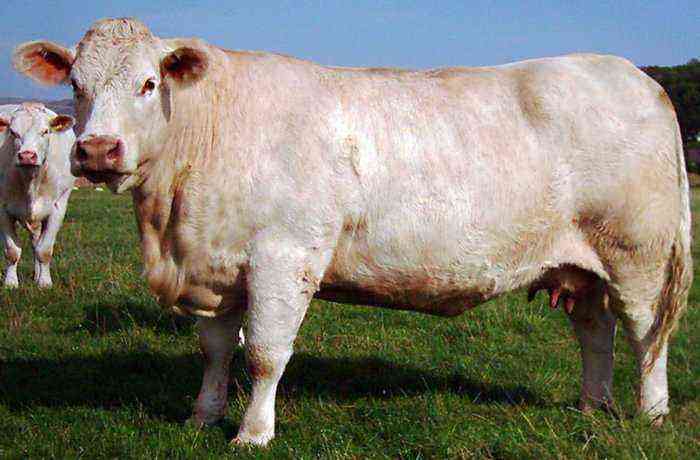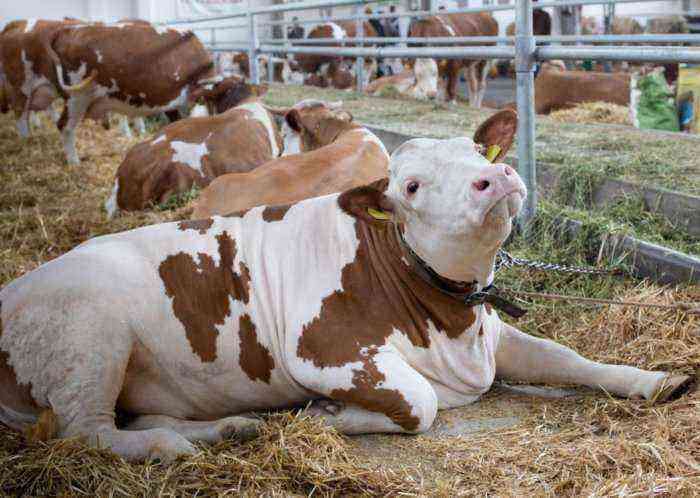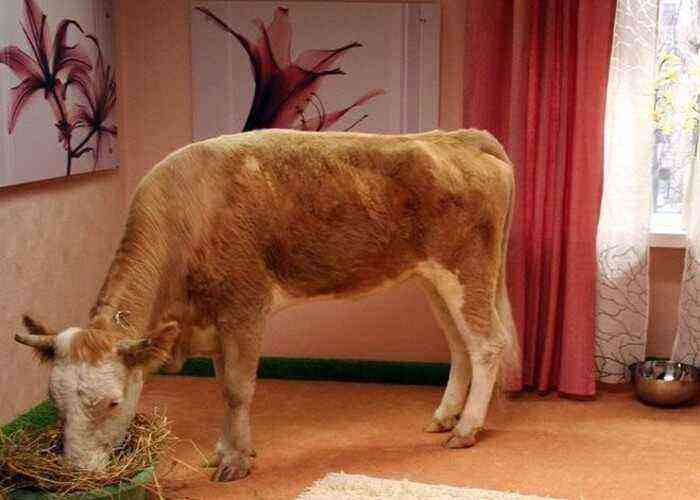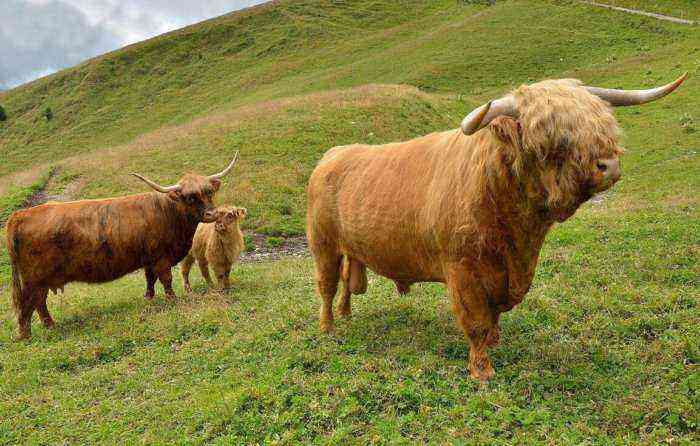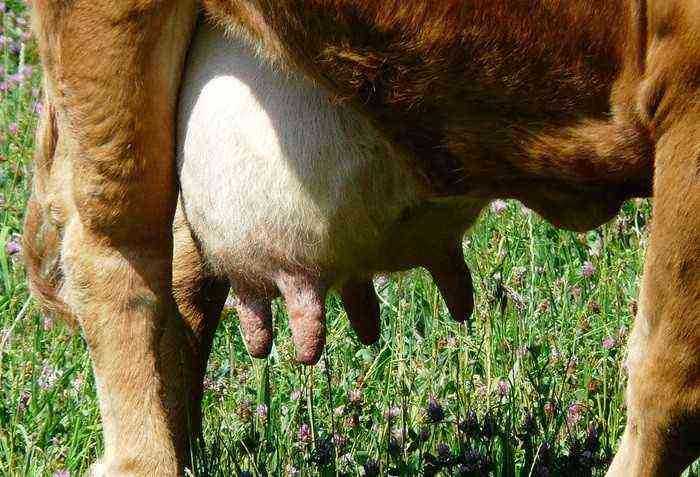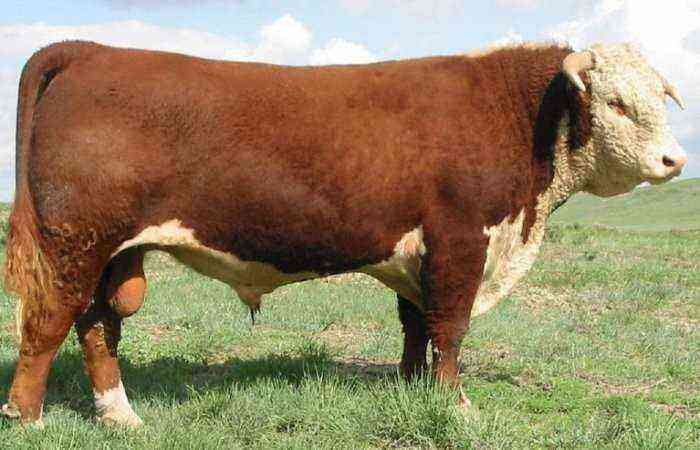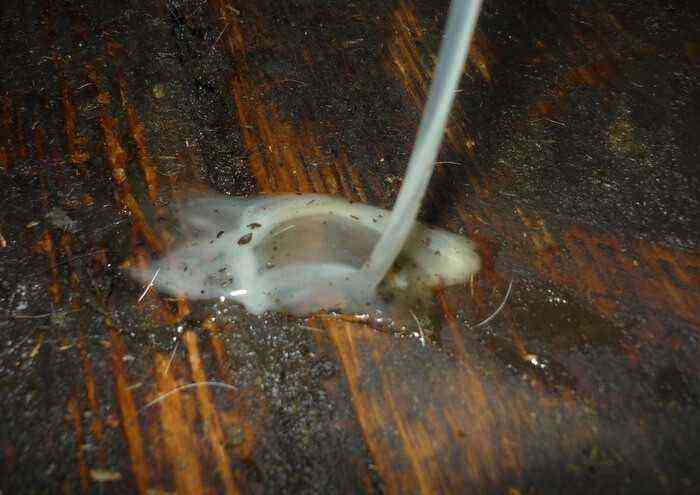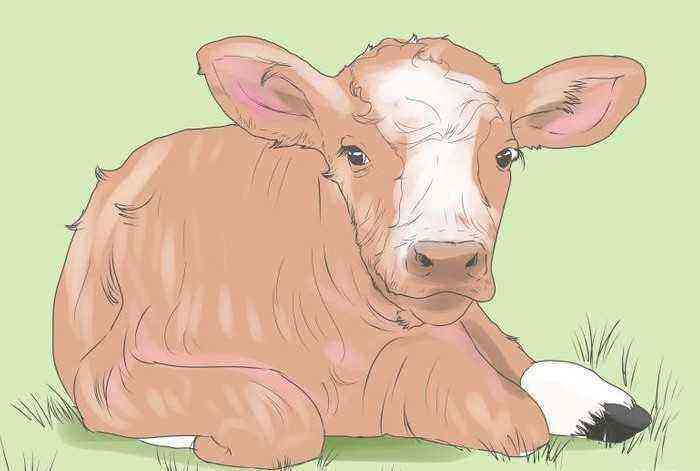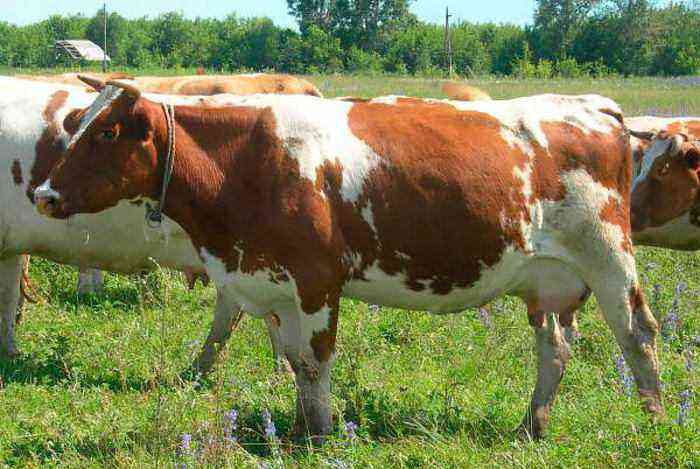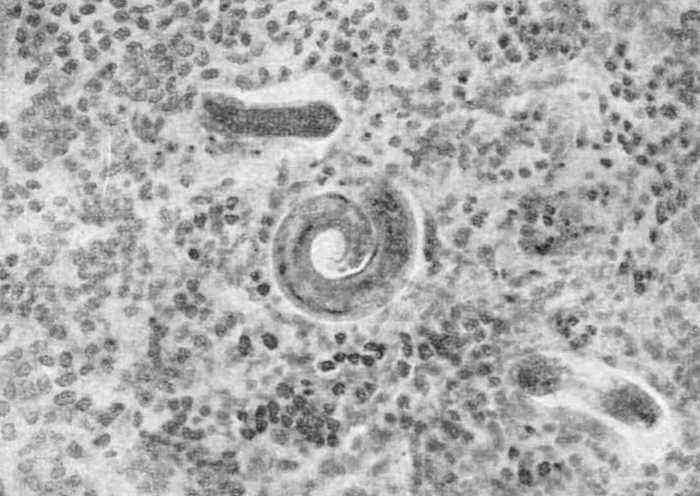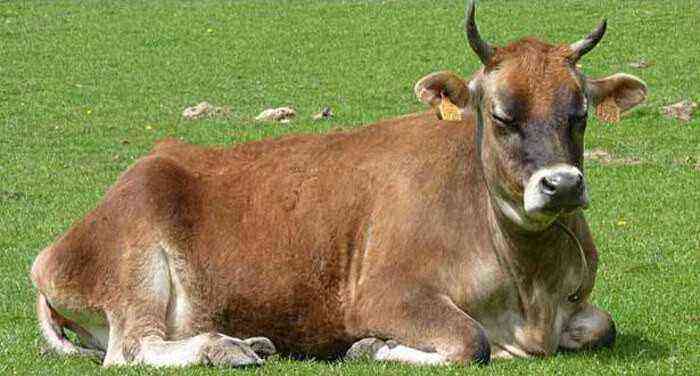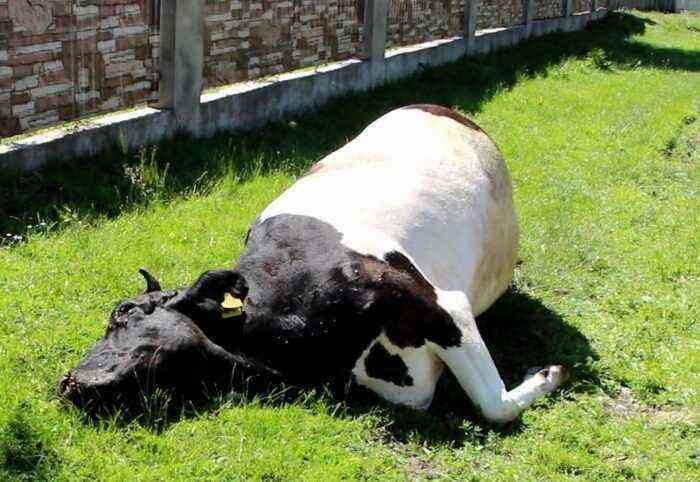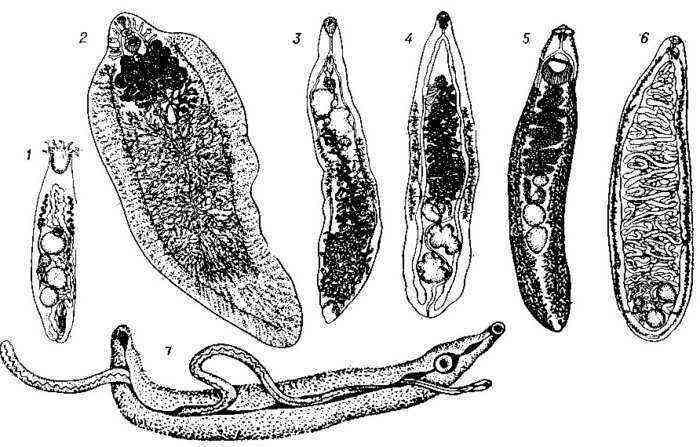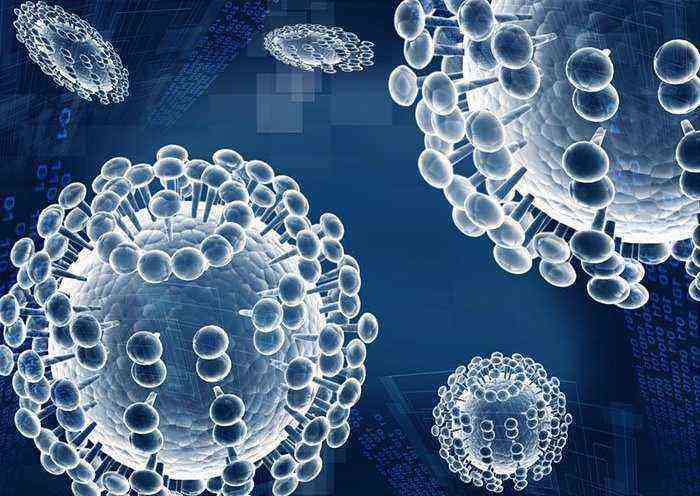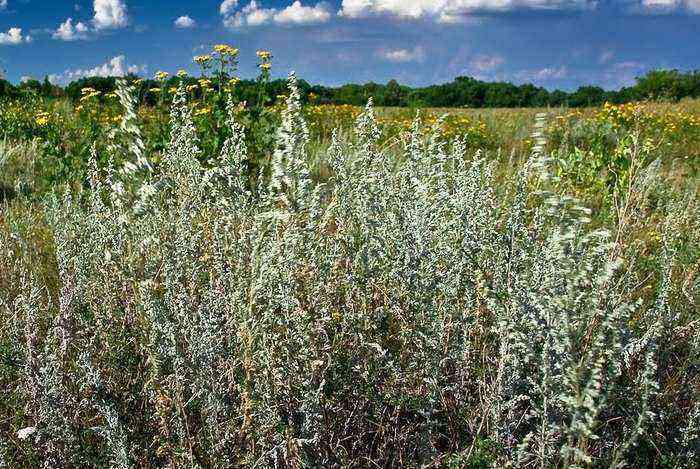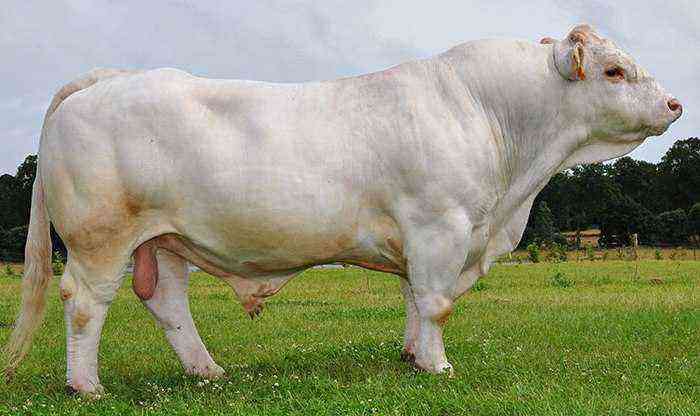When breeding cattle, the choice of animals for mating is of great importance. From what genetic material was selected, the health and productivity of young animals, certain breed characteristics of animals directly depend. Therefore, there is a generally accepted number of norms that a bull-inseminator participating in breeding work must comply with.
bull inseminator
Rules for selecting sires
The sire used in breeding work is carefully selected from the stock in accordance with a certain number of criteria. For this, a genomic evaluation of the animal is carried out. After all, the characteristics of his offspring directly depend on the genotype of the male. Of course, the conditions of keeping the bull play an important role here, but they do not affect heredity.
During the assessment of the animal, the following points are taken into account:
- quality phenotype. An important point is the correct constitution of the animal. According to the generally accepted scale, it should be evaluated at least 9 points and exclude any defects. In addition, be sure to pay attention to the father of the male. In his offspring should be cows belonging to the category with high milk yields.
- reproductive function. This criterion is also of great importance when choosing. To implement such an assessment, a couple of dozen cows on the farm are fertilized with the sperm of a sexually mature male (as a rule, upon reaching 12 months of age). If more than 50% of cases of such fertilization were successful, the bull is recommended for breeding work.
- offspring quality. This test is carried out with young stock obtained from a specific breeder bull. When daughter cows reach the age of 12-16 months, their productivity is assessed. The indicators are compared with the productivity values of other livestock of the same age. The breeding value of a bull is determined by the difference obtained by comparison.
- The growth rate and features of the development of the bull. Measurements of the mass and size of the male are carried out at birth, as well as every month of life in the future. The control evaluation and comparison are carried out when the calf is 12 months old.
It is also worth noting that in addition to the genotype of the sire bull, his family ties are taken into account. It is recommended to carry out mating exclusively between individuals that are distantly related or not at all in it. Otherwise, even despite the high-quality initial genetic material, calves may be born with developmental defects.
The assessment of the manufacturer should be approached as responsibly as possible. After all, the quality of offspring ultimately depends on such a choice. But, even if the animal has a good heredity and exterior, it still needs to provide proper conditions for keeping and feeding. Without observing these points, the results of selection work will be significantly lower than expected.
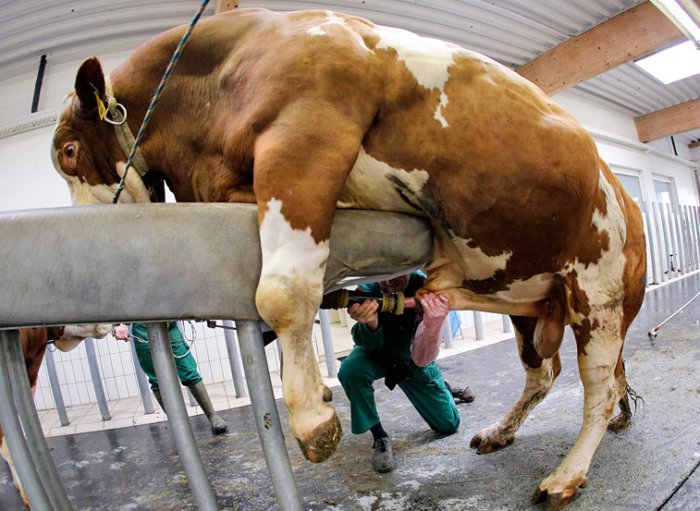
Collection of material from the bull-inseminator
Content Requirements
Proper conditions of keeping can significantly enhance the reproductive function of the breeding bull, improve its health, and more intensively develop the genetic potential. It is important to provide them to the animal from a calf age. The regular procedures for caring for a breeding bull include:
- Daily bathing or cleaning the animal with a brush. Wash your head especially carefully (in the region of the back of the head, between the horns and on the forehead). If this is not done, the bull may develop skin problems, and he will constantly scratch the irritated places.
- Regular hoof care. As they grow, they are periodically cut to prevent injury to the animal.
- Periodic washing of the animal’s scrotum with warm water. Such a measure will help maintain the purity and health of the male genital organs, which in the future will have a beneficial effect in the mating process.
- Daily long walks. Physical activity for this category of livestock is extremely important. It allows you to maintain the tone of the bull, strengthen his health and immunity, and prevent the appearance of excess weight. The duration of the walk is at least 3 hours. At the same time, the walking area should occupy at least 10 acres in area.
More intense physical activity also has a beneficial effect on the condition of the sire bull. An animal can be entrusted with the transportation of certain goods or other hard work on the farm. This will strengthen muscle and bone tissue. The main thing is not to overdo it with loads.
Certain requirements are also put forward to the place where inseminating bulls are kept. These include:
- a sufficient amount of free space;
- high-quality lighting;
- optimal temperature;
- keeping each bull in a separate stall with a chain leash, the length of which should be sufficient for the animal to move freely and lie down;
- the presence of full ventilation;
- the complete absence of objects and elements of fences in the stall, about which the bull can get hurt.
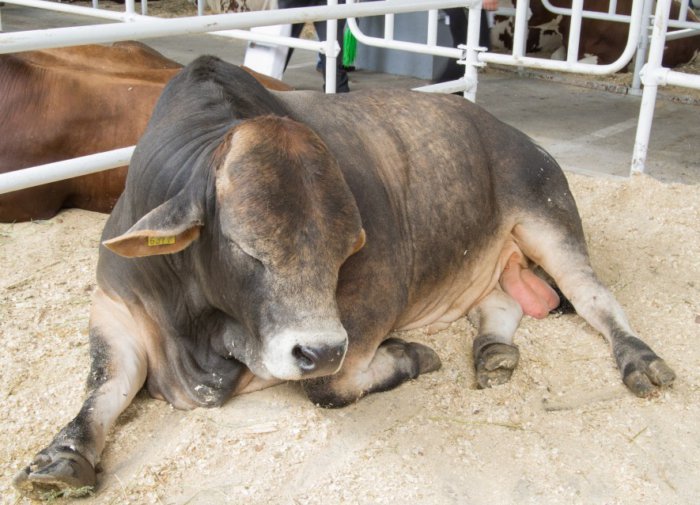
Bull in the stall
If the stall for the male is located in the back of the barn, then special safe areas should be established along the entire route through the premises, as well as along the route to the place where the sperm is taken. Their main goal is to protect personnel in case of manifestations of aggressiveness of the animal.
Also, when placing producers, it should be borne in mind that it is not recommended to keep aggressive and calm animals nearby. It is better to place them at a certain distance in different stalls.
For the convenience of walking bulls, a special strong ring is fixed in their nose. For him, the animal is fixed during the walk. It is also not recommended to conduct joint walks of inseminators and cows with calves. The entire walking area must be surrounded by a solid fence.
For the most rational care of such animals, there is a special daily routine. It looks like this:
- 4 am – early meal;
- from 4 a.m. to 7 a.m. – rest;
- 7 hours – cleaning the wool, hooves and scrotum of the animal;
- from 7 a.m. to 10 a.m. – walking, mating or working on a farm;
- 10 a.m. – second meal;
- from 10 a.m. to 16 p.m. – rest;
- from 16 pm to 19 pm – work or event;
- 19h-21h – the third feeding.
When organizing proper conditions for keeping bulls-inseminators, proper feeding is also an important point.
Feeding bulls producers
When organizing the feeding of bulls selected for breeding work, it is important to follow a number of recommendations. First of all, it is worth paying attention to the fact that the diet of animals should not be monotonous. Its composition changes periodically. It is also mandatory to adhere to a strict dosage of meals. With an excessive decrease in the norm, the male loses strength, and if it is exceeded, he develops obesity. Both lead to a decrease in sperm quality. Moreover, even in the case of normalization of the diet, it returns to normal only after 1-2 months.
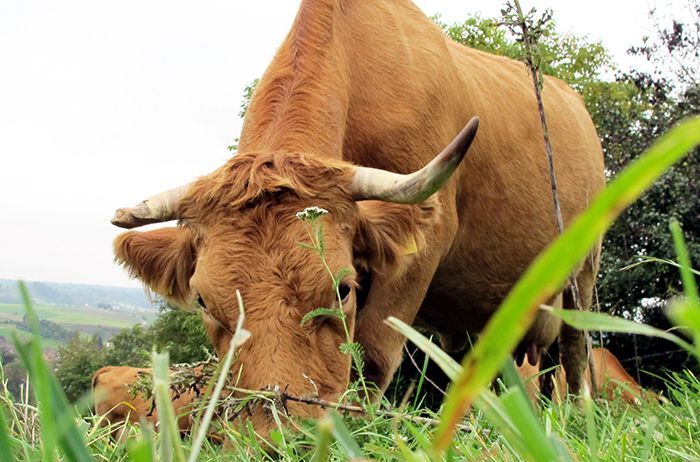
bull sire on pasture
It should also be approached individually to draw up a feeding plan for each individual producer. The physical condition of the animal, its health, age, weight, as well as sexual load are taken into account. Based on the last parameter, three main types of feeding are selected:
- Nutrition during the non-random period. The animal has no sexual load, which means that enhanced nutrition is not required. Therefore, feed with an average energy value of 0,8-1 ECE is used.
- Average sexual load. In this case, the bull conducts one mating per week. In this case, feeds containing 0,9-1,3 ECE are used.
- Feeding at high sexual load. The male participates in 2-3 matings per week. Accordingly, the total nutritional value of the feed should be increased to 1,1-1,6 EFU.
It is also important to balance the menu of the animal in accordance with its basic physiological needs. Feeding is carried out three times a day. For the morning and evening intake, the bull is fed 30% of the total feed. At lunch, he consumes the remaining 70%.
Diet and supplements
For the full growth and development of the inseminator bull, high protein feeds are included in its diet in large quantities. These include legume hay and pea turd, as well as some other products. Chaff, straw, meal and other bulky feed from the diet of this category of livestock are completely excluded, since they are characterized by minimal nutritional value.
In winter, in addition to high-quality legume and cereal hay, a large amount of beets, silage and concentrated feed should be added to the inseminator’s food. In summer, it should also be fed with hay, but at the same time increase the proportion of succulent feed. Pasture grass is best not used for feeding as it thins the semen and can affect the success of insemination. If desired, greens are allowed to be introduced into the diet, but it is important to dry it thoroughly before serving.
It is desirable to remove cruciferous crops from the bull’s diet. Such food can negatively affect the thyroid gland of the animal, which will further affect its health.
It is extremely important to maintain a balance of protein feeds and carbohydrate-rich foods. With an excessive increase in the rate of the latter, obesity develops sharply, which prevents the production of semen and reduces the libido in the bull. The most desirable source of carbohydrates for the inseminator is a combined feed, the nutritional value of which should be no more than 50%.
The main components of the diet of a breeding male include:
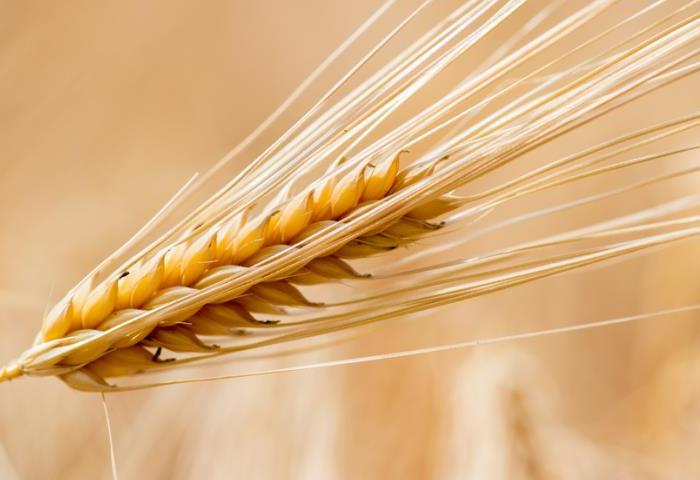
Barley
- barley;
- oats;
- wheat bran;
- carrot;
- fodder beet;
- dried greens and leafy hay of legumes;
- green beans;
- flax hay;
- sunflower cake.
Important! During periods of high sexual load, it is recommended to supplement this list with chicken eggs and reverse.
supplements
But, in addition to the proper amount of nutrients, the bull’s body also needs to be saturated with the necessary micro and macro elements. For this, various dietary supplements are used.
For a full-fledged life, an animal needs a large amount of vitamin E and carotene. Of the minerals, calcium, phosphorus, magnesium, sodium, iron, zinc and others are important for the body. To replenish the reserves of elements in the body help:
- feed yeast;
- salt;
- a piece of chalk;
- vitamin complexes;
- bone, blood, fish and meat and bone meal.
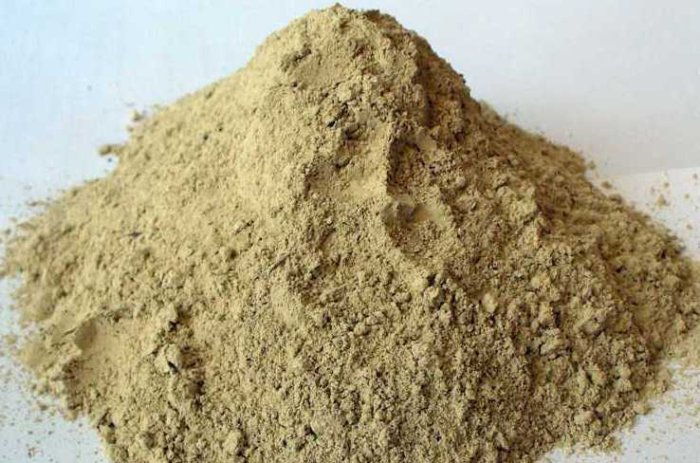
feed yeast
When using feed supplements, it must be remembered that a certain amount of minerals and vitamins is already contained in the feed itself. Therefore, the dosage of such mixtures must be carefully normalized.
mating methods
In addition to the main points of choosing and caring for a breeding bull, it is also important for the farm owner to know about the existing methods of mating livestock and the features of their implementation. In industrial cattle breeding, 3 ways to implement such a procedure are most in demand:
- Manual. This method involves the natural mating of animals, but under the supervision of staff. Selected cows are driven to a specially designated stall in the room where the bulls are kept. After the bull has seen the female, he is allowed into the corral to the cow. At the end of the mating, the animal is quickly taken away until it begins to show aggressiveness.
- Free. This method is similar to the previous one. The difference lies in the fact that bulls and cows are released free range and the bull himself chooses a mate for himself to cover.
- Artificial. With this method of mating, a specially trained employee takes semen from the bull and places it in a container with liquid nitrogen for storage. When a cow begins estrus, she is injected with the collected semen.
In foreign cattle breeding, the last variant of insemination of cows has gained the greatest popularity.
Conclusion
The right choice of a sire and quality care of it allow the owner to replenish the livestock with healthy and productive young animals. The main thing is to adhere to the accepted recommendations and approach the issue with all responsibility. Only in this case, breeding work will bear fruit.
